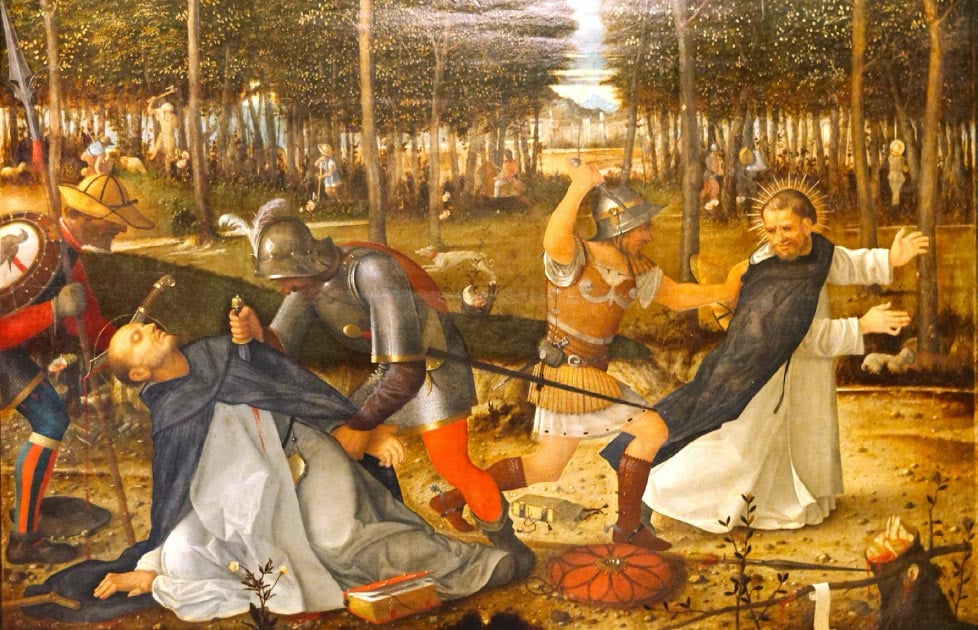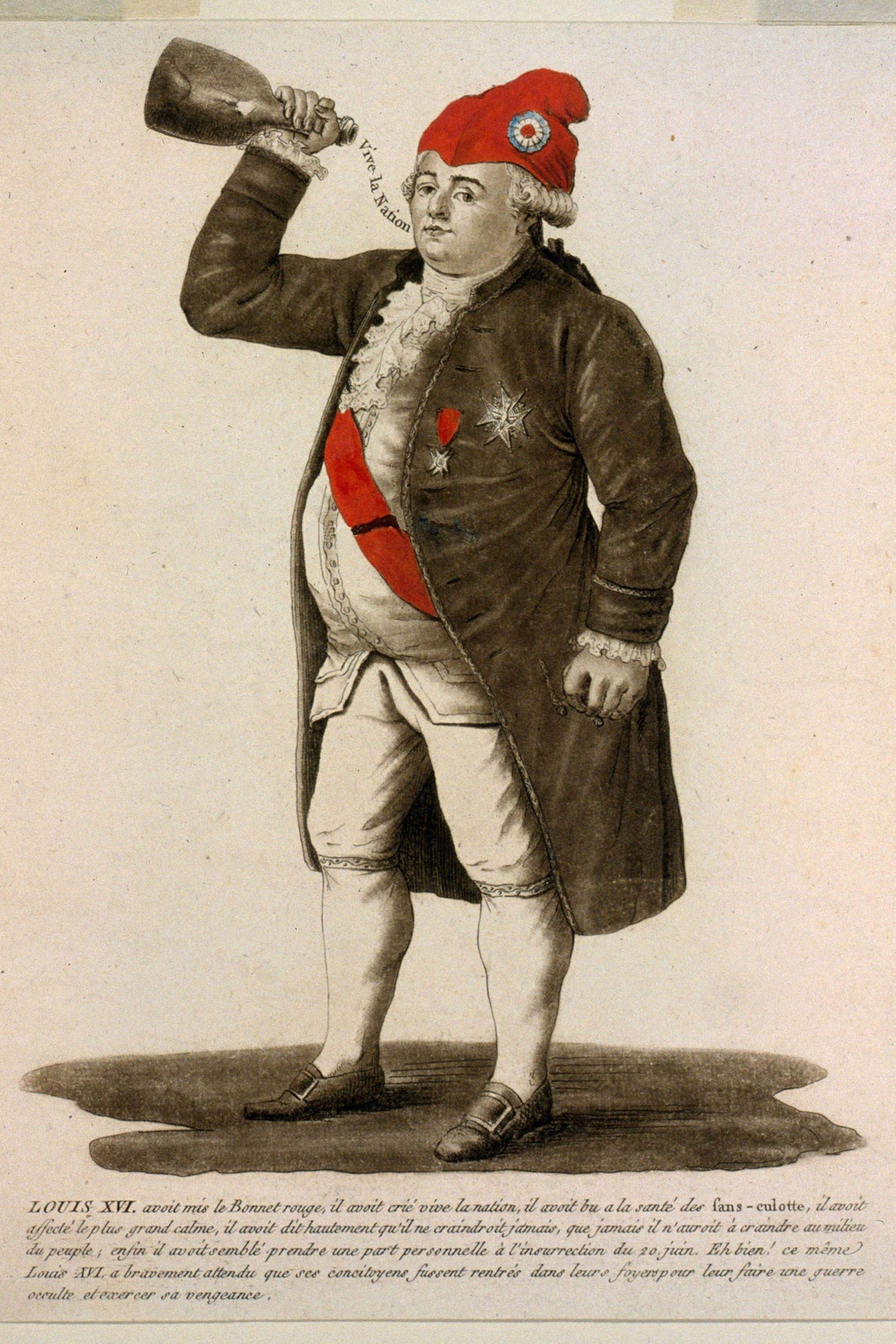 | |
| The murder of St Peter of Verona and companion by Cathars |
 |
| St. Dominic confounds the Cathars |
The Cathars were a Gnostic sect which adapted Christian terminology to disguise pagan teachings. While they called themselves "Good Christians" they were not members of any monotheistic religion since they believed in two gods. From Ancient Origins:
Catharism first appeared in 11th century southern France, in the Languedoc region. This is the first time that the name Cathars was used, but we now know that this was not what they called themselves. Their self-identifying name was simple - good men, good women, or good Christians ( Bons Hommes, Bonnes Femmes, Bons Chretiens ).
As a teaching, Catharism was a dualistic, Gnostic revival movement and their belief was centered on the belief of two gods - one good and the other evil. At its very core, Catharism was an attempt to find answers to some key religious and philosophical questions that were centered around the existence of evil. Their basic teaching greatly differentiated from the regular Catholic Christian doctrines.
The Cathars believed that the God of the New Testament was the good one, and the God of the Old Testament was the evil one, better known as Satan. The good God created the spirit, while the evil one created the material world. Contrary to the regular Christian belief, the Cathars thought of the entire world as evil, and as such it could not have been created by a benevolent god. (Read more.)
 |
| Cathar perfecti chasing away friars |
Above is a rare picture of Cathar perfecti from contemporary medieval sources. The perfecti or "perfect ones," also referred to as the bons hommes or "good men," were the elite of the sect who were bound to abstain from meat and carnal relations. In the illustration the consolamentum or "baptism of light" is being conferred upon a dying Cathar Believer, as Franciscan friars try to intervene. After receiving the consolamentum no food or drink could be administered to the sick person so that starvation would usually hasten the dying process. Death by starvation was called the endura.
 Readers of The Night's Dark Shade have commented favorably on the book's descriptions of the beauty of the countryside in the south of France. Although there is an entire tourist industry surrounding the "Cathar castles" of "Cathar country" it should be made clear that most of the castles were not built by Cathars but merely occupied by them at one time or another.
As for the countryside itself, the Cathars may have lived there but
they were always a minority; the countryside did not by any means belong
to them. Nevertheless, as I try to demonstrate in the novel, the
effects of the heresy were widespread, influencing even those who were
not members of the sect. To this day, the Cathars seem to be the main tourist attraction of the region.
Readers of The Night's Dark Shade have commented favorably on the book's descriptions of the beauty of the countryside in the south of France. Although there is an entire tourist industry surrounding the "Cathar castles" of "Cathar country" it should be made clear that most of the castles were not built by Cathars but merely occupied by them at one time or another.
As for the countryside itself, the Cathars may have lived there but
they were always a minority; the countryside did not by any means belong
to them. Nevertheless, as I try to demonstrate in the novel, the
effects of the heresy were widespread, influencing even those who were
not members of the sect. To this day, the Cathars seem to be the main tourist attraction of the region. Here is a picture of a re-creation of a Cathar ritual, the consolamentum
or baptism of light, similar in some ways to the "laying on of hands"
of many modern charismatic groups. Although the Cathars shunned the
traditional rituals of the Roman Church, they had plenty of rituals of
their own. Notice that the perfecti do not touch the woman directly but
through another object, since the men who were perfecti were not
allowed to touch women.
Here is a picture of a re-creation of a Cathar ritual, the consolamentum
or baptism of light, similar in some ways to the "laying on of hands"
of many modern charismatic groups. Although the Cathars shunned the
traditional rituals of the Roman Church, they had plenty of rituals of
their own. Notice that the perfecti do not touch the woman directly but
through another object, since the men who were perfecti were not
allowed to touch women.More about the Cathars, HERE.
Share



























